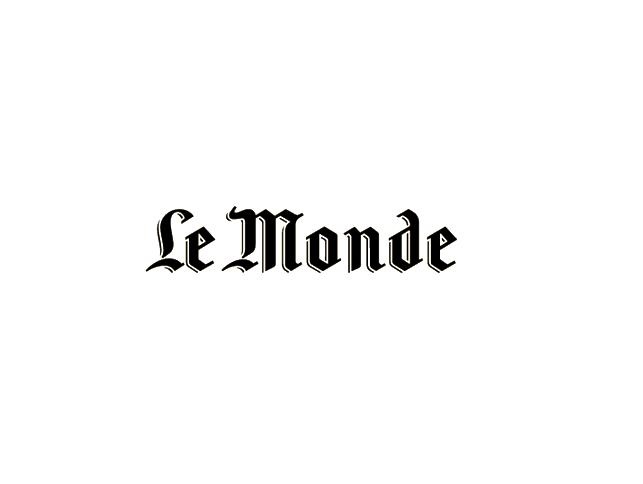
Monetary policy of low, even negative, short-term and long-term rates unquestionably made it possible to avoid a catastrophic risk in 2007–2009, and then in the eurozone from 2010 to the present day. And subsequently to revive growth, if only at a low level, by stimulating the demand for credit and sustaining consumption and investment.
In the period of low growth we are currently experiencing, the monetary policy implemented by the ECB is helping the public and private sector to reduce indebtedness by guaranteeing nominal interest rates lower than the nominal growth rate, or at least at the same level. This was an essential move, lest we forget that the crisis of 2007-2009 occurred on the heels of a cycle of household and corporate debt accumulation that gradually became unsustainable. This major financial and economic crisis led in turn to a very sharp rise in public debt. Causing a drastic fall in long-term rates by buying government bonds, Mario Draghi succeeded in halting the infernal cycle based on the contagion of mistrust vis-à-vis the public debt of certain European countries. This mistrust led to a speculative hike in their interest rates, which in turn worsened both their public deficit and consequently national debt, causing a further loss of confidence.
This policy of very low, and even negative, rates was also intended to sustain global demand for credit. In principle, interest rates lower than the growth rate will sooner or later encourage lower savings and higher consumption and investment and, ultimately, stimulate growth. The current rates for property loans are a perfect illustration of this, with historically low levels. Finally, by increasing asset values (real estate, equity, etc.), lower rates also give rise to a favourable wealth effect on consumption and investment.
But if confidence fails to follow, the demand for credit can remain sluggish in spite of lower rates. In 2014 in France for example, demand remained below banks’ expectations in terms of the projects they wished to finance. Conversely, between late 2014 and early 2015, French companies rediscovered the taste for investment with a strengthening in the demand for credit.
What has been the impact on the banks? Very low rates unquestionably eat into the profitability of the banks. A bank’s net interest margin corresponds to the interest received on its outstanding loans less the interest paid on deposits. If the margin rate falls, coming up against the impossibility of lowering remuneration on deposits (which is virtually impossible to move into negative territory) relative to that received on loans, banks’ income will fall. The current challenge for the banks is therefore to offset this loss due to the rate effect by a positive volume effect. If total demand for credit increases, notably due to the lower rates caused by the central bank, every bank can take advantage. But should demand fail to grow sufficiently, the sector contracts.
The total volume of credits in France in 2015 increased sufficiently to offset the negative rate effect. But this volume effect tailed off in the first half of 2016.
However, the lower interest margin was offset during this period by the lower cost of risk. By supporting the economy, lower rates will mechanically lower the cost of credit risk. Since 2014, with the lower cost of risk having gathered pace, the banks have been able to offset the negative rate effect and inadequate volume effect. But we are now coming up against an impasse. Were the rate effect to persist, the cost of risk could not fall indefinitely and continue to produce its offsetting effect.
By sharply reducing banks’ future profitability, very low rates would ultimately restrict the supply of credit, at a time when banking regulation is demanding significantly higher solvency ratios with the corresponding strengthening of capital. All the more so as it is impossible to easily make capital increases due to the profitability of the banks falling below their cost of capital. The continuation of such a policy could therefore ultimately have a negative impact on growth. It should be noted that, unlike in the USA where the markets provide the majority of financing requirements, in Europe the situation is the opposite. Maintained at such low levels, sooner or later interest rates could also cause a property or equity bubble. Finally, they also undermine life insurance companies and pension funds.
The policy of very low rates has been essential. Which other monetary policy could have been implemented without taking even higher risks? It has also bought a certain amount of time, notably in the eurozone, providing room for governments to implement the structural reforms required to lift their growth potential and to make vital institutional changes within the monetary zone (genuine coordination of economic policy, certain elements of public debt pooling, etc.). But it is unclear if this time has been spent wisely. And time is of the essence.
